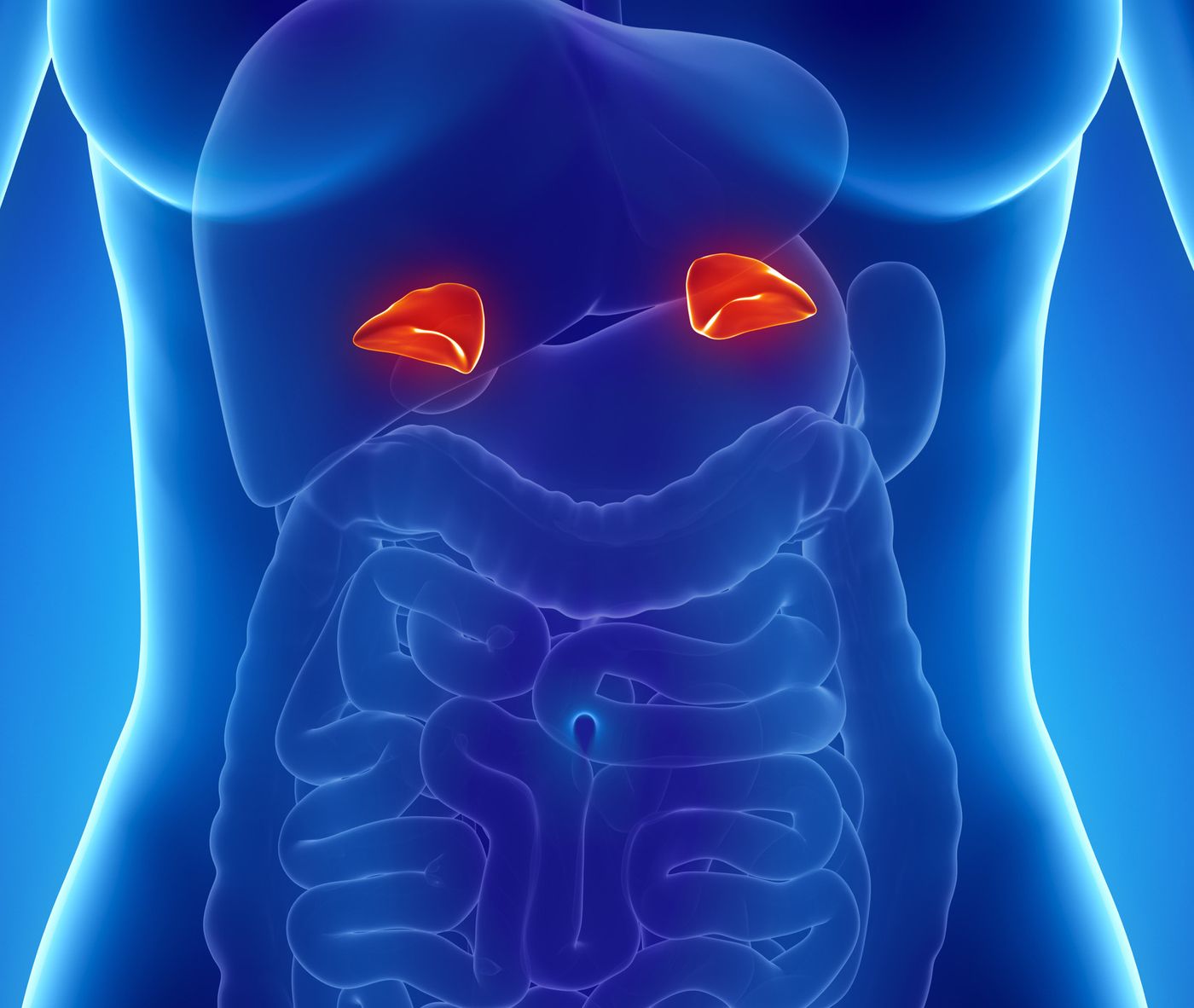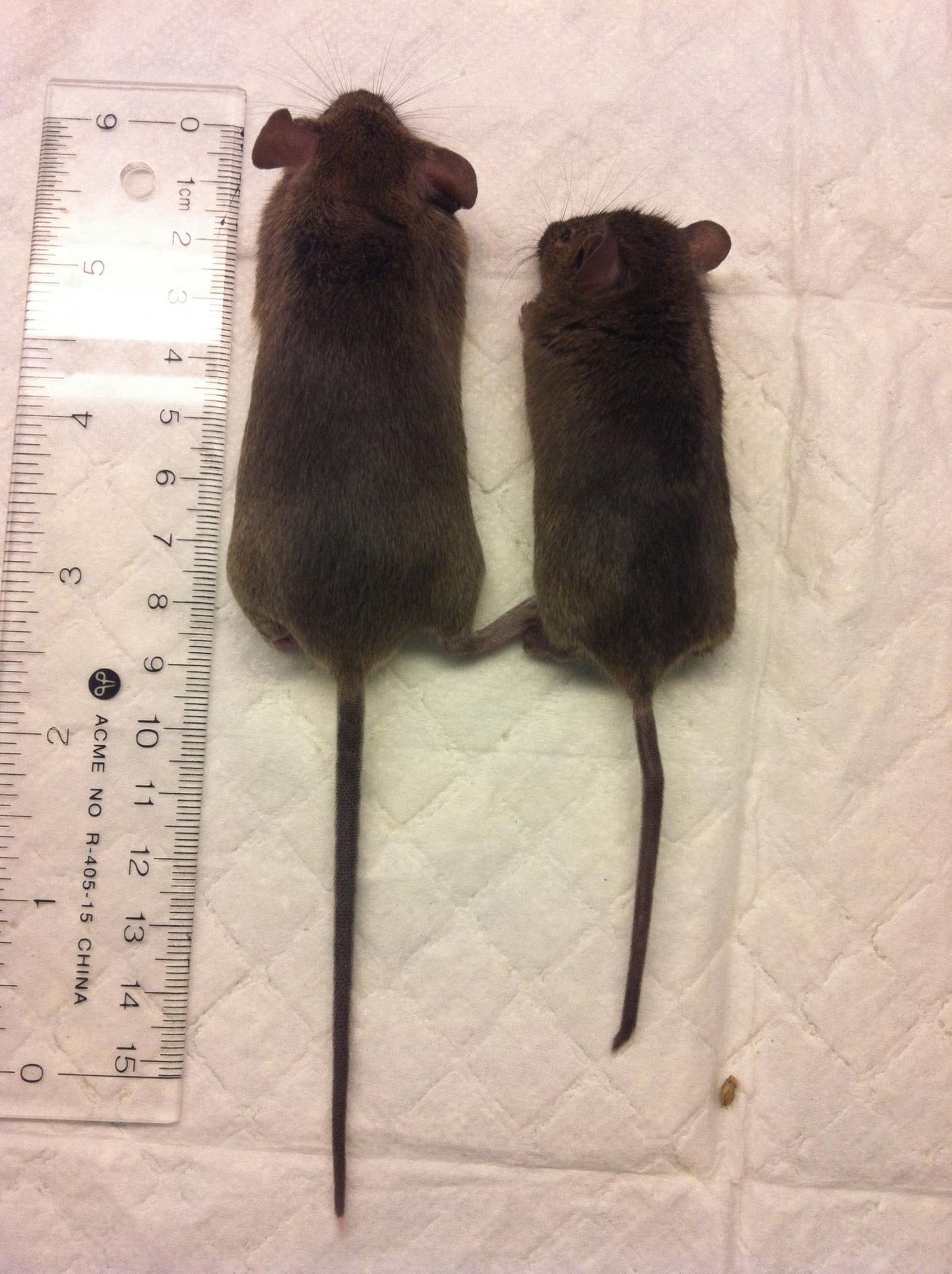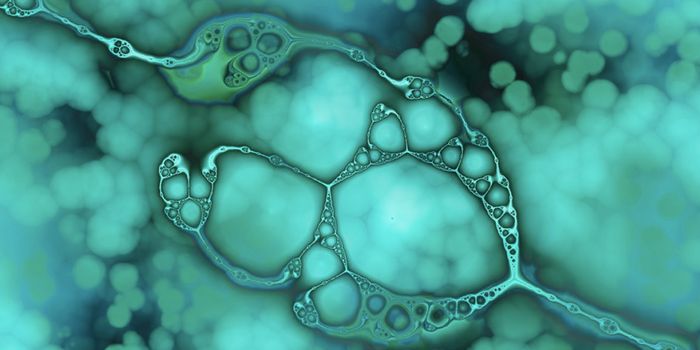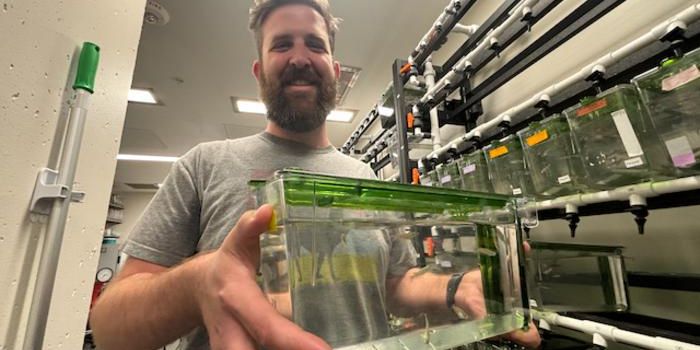After nearly a decade of research, scientists have finally discovered the function of the “Armadillo repeat containing 5” gene, AKA Armc5: a condition named, for the time being, Armadillo Syndrome.
"We have created the first animal model of a rare disease linked to a problem of the adrenal glands," explained professor Jiangping Wu. "In addition, we have identified the important roles of this gene in the development of mice and in the immune, nervous and cardiovascular systems."
Wu and his team studied the new syndrome in mice by observing what happened when certain genes are “knocked out,” meaning they are not expressed. This is when they realized how vital Armc5 was, during a series of experiments involving deleting over 30 genes one by one to learn about their function in mice.
When there was no Armc5 gene expression, 50 percent of the mice did not make it past embryonic development. For the ones who did survive, they were significantly smaller than their Armc5-expressing companions. They were also less resistant to infections, likely to develop hypertension, and were prone to developmental problems in the spinal cord similar to spina bifida in humans.
"Their immune system has been weakened, and their resistance to infections is poor,” Wu said. “Furthermore, when they age, their adrenal glands grow abnormally large and their blood cortisone levels are high just like in human Cushing's syndrome."
Cushing’s syndrome is a rare disorder characterized by long periods of tissue exposure to high levels of a hormone called cortisol. Past research studies have linked Armc5 to the development of one type of Cushing’s syndrome, a particularly rare condition called bilateral macronodular adrenal hyperplasia.
"A few years ago we studied French-Canadian and Brazilian families affected by this type of adrenal hyperplasia," said endocrinologist Andre Lacroix. "We demonstrated that the affected individuals are carriers of a mutation of the ARMC5 gene.”
It seems that Cushing’s syndrome and the so-called Armadillo syndrome are probably just two of many conditions linked to Armc5 mutations, so learning more about the function of this gene could help scientists tackle multiple diseases.
"A mutation of the Armc5 gene can manifest itself through at least four diseases," Wu said. "We showed this in the mouse, but we do not yet know whether the consequences in humans will be the same."
The study was published in the journal Nature Communications.
Sources: The National Institute of Diabetes and Digestive and Kidney Diseases, University of Montreal Hospital Research Centre
-
MAY 07, 2024Is It Anti-RNP or Anti-Sm/RNP?
- See More
-
APR 30, 2024Immuno-Oncology Virtual Event Series 2024
-
MAY 07, 20243rd International Biosecurity Virtual Symposium
-
JUN 06, 2024The Future of Scientific Conferencing
- See More



















































